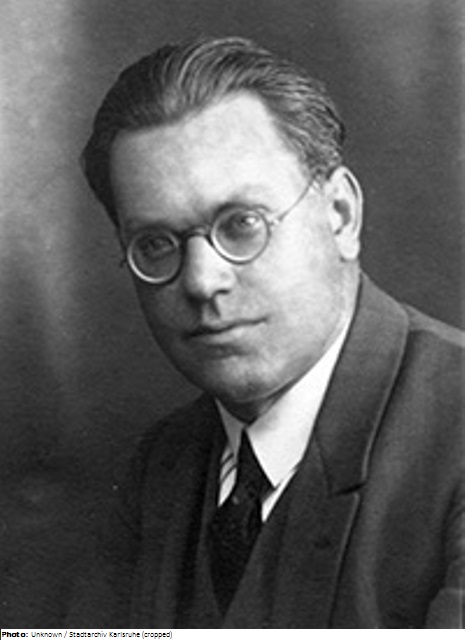Hermann Alker

Biographical information
| Roles | Competed in Olympic Games |
|---|---|
| Sex | Male |
| Full name | Hermann Reinhard•Alker |
| Used name | Hermann•Alker |
| Born | 13 March 1885 in Lambrecht (Pfalz), Rheinland-Pfalz (GER) |
| Died | 26 May 1967 (aged 82 years 2 months 13 days) in Karlsruhe, Baden-Württemberg (GER) |
| NOC |  Germany Germany |
Biography
Hermann Alker studied architecture at the University of Karlsruhe, and in 1919 became an assistant there as a Regierungsbaumeister (Master Builder of the Government). In 1919 he received his doctorate and received his habilitation there, and in 1924, was awarded a professorship. In 1935 Alker was employed as a city councilor in Durlach, and in 1936, received the Gauleiter of Baden Culture Prize. In 1937 and 1938 Alker was Stadtbaurat (Town Builder) with special tasks in München, but was soon replaced because of disagreements with Adolf Hitler, although he received a professorship in Karlsruhe. After World War II, the military government ended his Higher Education Service career because of his Nazi past, forcing his retirement in 1950, after which he worked as a self-employed architect.
His early buildings were characterized by traditional design, but later the influence of modernity is recognizable. From 1924–34, Alker designed the stadium of the Technical University in Karlsruhe and almost contemporaneously, (1927-28), the stadium of the University of Freiburg im Breisgau, his two entries for the 1928 art competition. Both were built with visible clinker brickworks. The stadium and its facilities in Freiburg have been considerably enhanced through time, but it’s still in use and the main building constructed by Alker is preserved. The old university stadium in Karlsruhe vanished under new buildings but the historic grandstand building with the integrated training hall was renovated in 1994-95.
In 1934/35 Alker built, on behalf of the National Socialists, a so-called “Thingstätte” (assembly site) in Heidelberg and, shortly thereafter, designed another one for Karlsruhe. The “mountain stadium with hero’s painting” is probably also a kind of Thingstätte. In 1934, Alker was commissioned to replace the existing monument for Leo Schlageter, a Nazi martyr, with a much larger one in his hometown of Schönau in the southern Black Forest. While initially a Thingstätte, it was planned to accommodate 15,000 people, but later was changed to an arena. The model provided a parade ground of 100 x 75 m and a kind of sanctuary in the style of Stonehenge on the Lötzberg mountain, with construction beginning in 1937. The monument, however, remained unfinished; the remains of the base are still visible.
Results
| Games | Discipline (Sport) / Event | NOC / Team | Pos | Medal | As | |
|---|---|---|---|---|---|---|
| 1928 Summer Olympics | Art Competitions |  GER GER |
Hermann Alker | |||
| Architecture, Further Entries, Open (Olympic) | ||||||
| Architecture, Further Entries, Open (Olympic) | ||||||
| 1932 Summer Olympics | Art Competitions |  GER GER |
Hermann Alker | |||
| Architecture, Designs For Town Planning, Open (Olympic) | ||||||
| 1936 Summer Olympics | Art Competitions |  GER GER |
Hermann Alker | |||
| Architecture, Further Entries, Open (Olympic) | ||||||
| Architecture, Further Entries, Open (Olympic) |